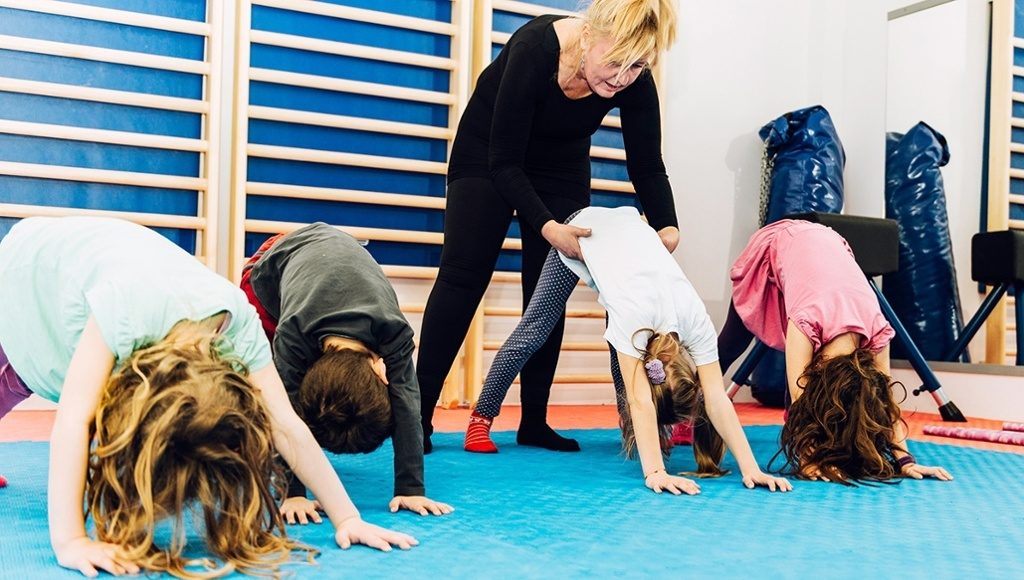12 Physical Activity Recommendations for Your School Wellness Policy
Physical activity is important to the overall health and well-being of everyone, including school-age children. The benefits are well documented and include significant reduction in health risks, building and maintenance of strong bones and muscles, improved health-related fitness, and positive social and mental health. Increasing scientific evidence suggests that healthier students are also better learners, and physical activity can improve academic achievement.
Schools are in an ideal position to influence children’s health through increased physical activity, because school is where most children spend the majority of their time outside of home. A School Wellness Policy can help guide these efforts.

A School Wellness Policy is an official document that guides a school or district’s efforts to promote students’ health, well-being, and learning through healthy eating and physical activity.
The best wellness policies are developed with input from teachers, parents, students, and community members—and are based on research-proven best practices. Here are 12 best practices for physical activity to consider integrating into your Policy.
High Impact Potential
These policies have the highest potential to positively impact a large number of students:
- All students get daily physical education or at least 150 minutes of physical activity per week.
- Students spend at least 50% of physical education time in moderate-to-vigorous activity.
- Elementary schools provide at least 20 minutes a day of recess, preferably outdoors. Schools have a back-up plan for physical activity when outdoor recess is not permitted due to weather conditions.
- When students at all grade levels are indoors for 2 hours or more, schools provide periodic breaks in which students are encouraged to be moderately-to-vigorously active.

Additional Recommendations
These policies are also important, though it may take longer to see their impact:
- Teachers and other school personnel do not use physical activity (such as running laps, push-ups) or withhold opportunities for physical activity (including recess, physical education) as punishment.
- Teachers and other school personnel reward students with opportunities for physical activity.
- School facilities are available to students, staff, and community members for physical activity before, during, and after the school day, on weekends, and during vacations.
- Districts/schools provide information to parents about physical education and other school-based physical activity opportunities that are available before, during, and after the school day.
- After-school child care programs provide and encourage—verbally and by providing space, equipment, and activities—daily periods of at least 20 minutes of moderate-to-vigorous physical activity for all participants.
- Suitable adapted physical education is included as part of individual education plans for students with chronic health problems, other disabling conditions, or other special needs.
- Physical education teachers have annual professional development and training opportunities.
- Physical education classes have student-to-teacher ratios comparable to those in other curriculum areas.
Active Students Achieve More
Discover more ways to increase physical activity at school—and what the school and students alike stand to gain from it—in our guide, Active Students Achieve More.

Topics: Outdoor Activity, Physical Activity, Schools
Subscribe for more
Want more ideas for healthy schools, workplaces, child care providers, and families? Subscribe to our blog for weekly tips delivered right to your inbox!
How to avoid overeating this Thanksgiving (or at any holiday party) NEXT »
Find the right community wellness partner
